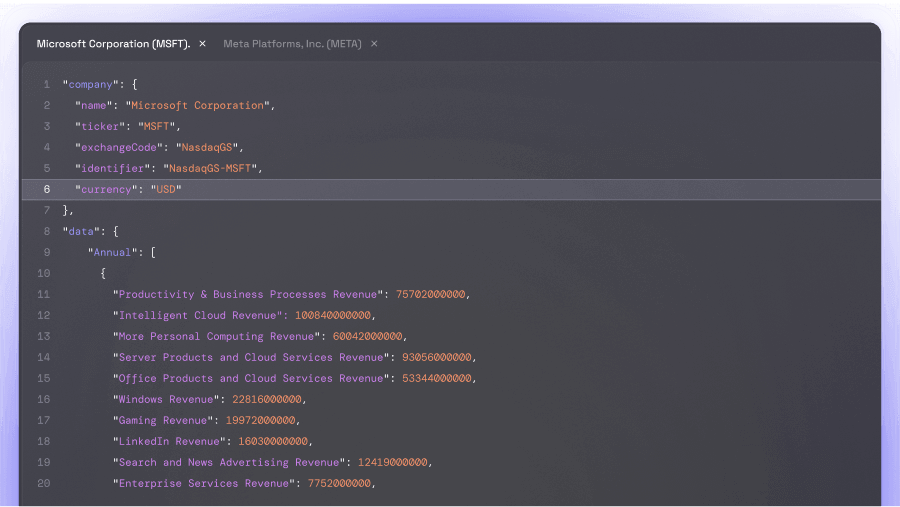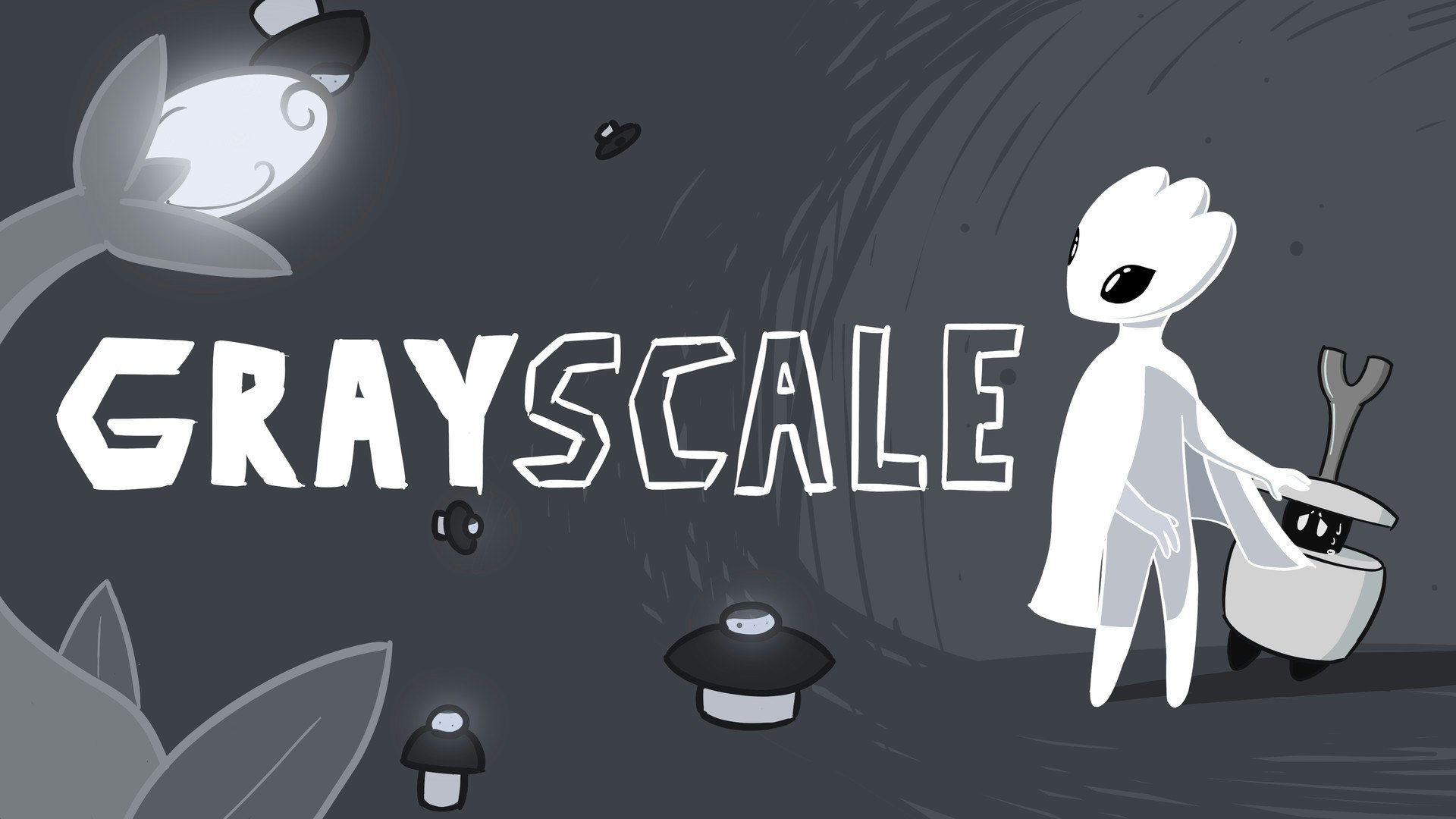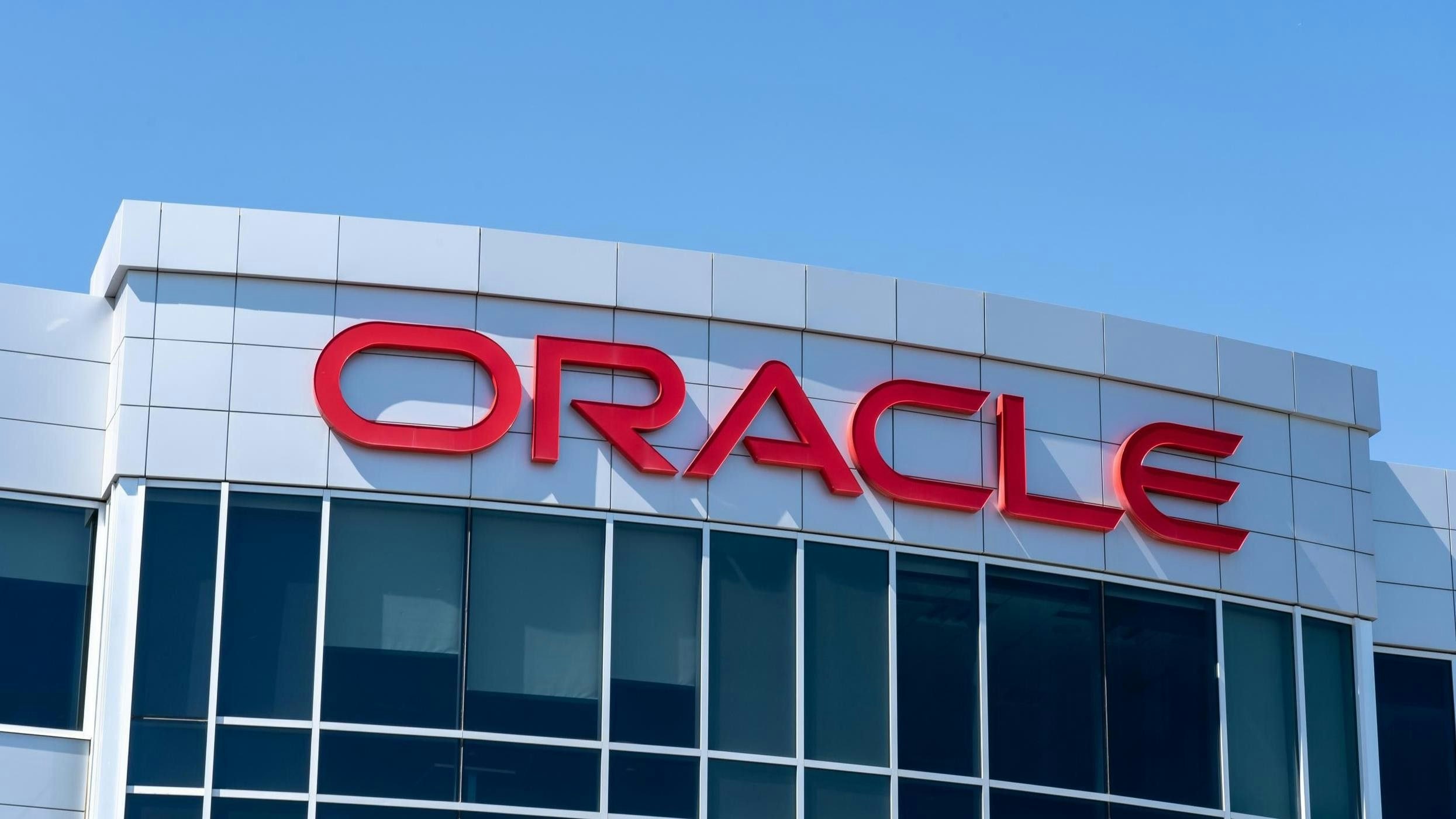Amid the recovery of the digital asset market, numerous tech and crypto companies, as well as even a U.S. state, have launched new stablecoins. Despite the growing interest, some industry experts warn that many of these digital currencies are merely a 'niche asset' and are primarily used for trading.
Among the recent players to have developed their own stablecoins are the Latin American e-commerce company Mercado Libre, the lender Banking Circle, and the Hong Kong-based crypto company IDA. The US state of Wyoming also plans to introduce a stablecoin, which is expected to come into circulation in 2025. These developments follow the introduction of stablecoins by Ripple and the payment platform PayPal.
The market for stablecoins, which function as a type of digital cash and replicate the price of a government reserve currency, has grown to a record volume of $169 billion this year. However, despite growing interest and market movements, the everyday utility of these digital currencies remains limited.
The new market participants hope that stablecoins will simplify and accelerate everyday payments for consumers. For example, Ripple has announced that its stablecoin, which is currently in the testing phase, will significantly improve cross-border money transfers. Wyoming plans to use the proceeds from the interest generated by the stablecoin to fund public schools.
However, experts criticize that many new stablecoins do not offer enough unique features to attract users away from established market leaders like Tether and Circle. A leading crypto manager said: "Many of these stablecoins will simply fade away. There is Tether – and then the rest.
A major incentive for introducing stablecoins lies in the potential profit. Stablecoin operators often hold billions of US dollars in reserves and invest them in government bonds to benefit from interest. For instance, Tether achieved a profit of 5.2 billion US dollars in the first half of 2023 thanks to interest rates of over 5 percent on US government bonds. This attracts new market participants who speculate on similar margins.
However, the use of stablecoins in everyday life remains low. Visa data shows that on September 3, 11.3 million payments were processed via stablecoins. However, this value dropped by almost 80 percent when automated trading algorithms were excluded. In comparison, Visa processed on average more than 802 million transactions per day last year.
One of the biggest hurdles for new stablecoin providers is regulation. Without the necessary oversight, large financial institutions will hardly be willing to take risks. Etay Katz, a partner at the law firm Ashurst in London, commented: "No major bank will take a risk with a new, unregulated stablecoin provider.
Many of the new providers are therefore emphasizing their willingness to be regulated in order to build trust. For example, the Hong Kong-based company IDA recently raised 6 million USD to develop a regulated stablecoin. Additionally, the Irish payment company DECTA recently launched a euro-based stablecoin.
While interest in the stablecoin market is growing, actual everyday use still falls short of expectations. Most new stablecoins are currently mainly used for trading. Nevertheless, companies like Mercado Libre and Banking Circle are banking on the potential for cross-border payments and other applications. The coming months will show which new stablecoins can succeed in the competition and how the regulatory landscape will develop.







